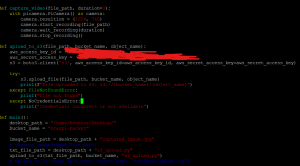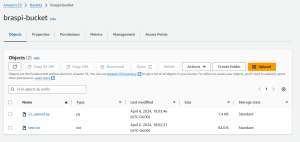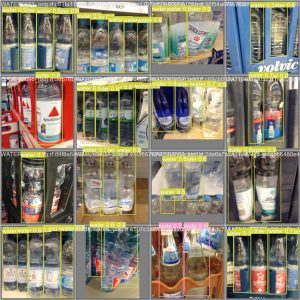Risk Mitigation
Our biggest risk this week is being able to test enough and fine tune our system for accuracy. We want to collect a variety of data in order to make sure our system is robust and we are able to include the relevant information in our final poster and report. We plan on going to test at Salem’s almost every day this week, going at different times (sometimes in the morning to get data for when there are fewer people around, and sometimes at night from around 5-8 PM, where traffic is greater). This way we will have a variety of different tests to show for when it is time to write about testing in the final report.
Design Changes
We are exploring another way to measure throughput, instead of using our original camera angle which some cashiers were uncomfortable with, we are looking into a different camera angle (instead of overhead, we are looking into an angle that is on/near the conveyor belt). However, this change is not final yet.
Schedule Changes
We have no schedule changes as of this week.
Tests
Below are some results from testing the upload and download time when recording different length videos. Interestingly, there is a spike in upload time from 2 to 3 seconds, but the internet that this was tested on (Brian’s) is spotty, so that might have to do with the abrupt increase. Also, upload and download times remain quite stagnant from 5 second to 6 second videos. Based on these results, we figured it would be best to use 2 second videos, as the upload and download time seem to work best for meeting our latency constraints (< 5 seconds to compute a result after initially processing the video feed). It would be possible to go up to 4 second videos, but the spike from 2 to 3 second videos is a deterrent.
| Duration | Upload Time (Averaged over 10 trials) | Download Time (Averaged over 10 trials) |
| 1 second | 0.61s | 0.32 s |
| 2 seconds | 0.92 s | 0.47 s |
| 3 seconds | 1.35 s | 0.53 s |
| 4 seconds | 1.52 s | 0.55 s |
| 5 seconds | 1.61 s | 0.57 s |
| 6 seconds | 1.65 s | 0.59 s |
| 7 seconds | 1.80 s | 0.68 s |
| 8 seconds | 1.92 s | 0.72 s |
| 9 seconds | 2.21 s | 0.76 s |
| 10 seconds | 2.3 s | 0.88 s |

In terms of testing relative fullness, we have tested with various different pictures and footage from Salem’s in order to check the accuracy of the module. From these results, we determined that fullness calculations need a bit of tweaking in order to increase the accuracy. The module performs especially poorly with a very full cart as shown below. We have tried to decrease the Gaussian blur, which has increased the accuracy for these very full carts to a degree, but the calculations are still a bit unreliable, so we will need to adjust accordingly.









